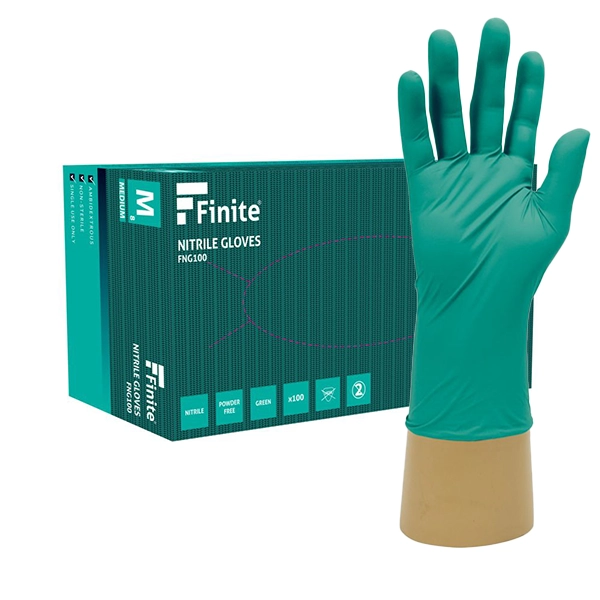Copper (II) Chloride Dihydrate 98%

£8.85 to £126.77
| Variation ID | Pack Size | List Price | Qty | ||
|---|---|---|---|---|---|
| photo_camera | 100g
GPC7103-X |
£8.85 | |||
| photo_camera | 250g
GPC7103-2X |
£15.49 | |||
| photo_camera | 500g
GPC7103-5X |
£18.59 | |||
| photo_camera | 1Kg
GPC7103-Y |
£29.74 | |||
| photo_camera | 5Kg
GPC7103-5Y |
£126.77 |
What is Copper (II) Chloride Dihydrate? Also known as cupric chloride, it is an inorganic compound with the chemical formula CuCl2. The monoclinic yellowish-brown anhydrous form slowly absorbs moisture to form the orthorhombic blue-green dihydrate CuCl2·2H2O, with two water molecules of hydration. It is industrially produced for use as a co-catalyst in the Wacker process. Both the anhydrous and the dihydrate forms occur naturally as the rare minerals tolbachite and eriochalcite, respectively.
Consistent Quality: We use only carefully sourced Copper (II) Chloride Dihydrate 98% to ensure our customers can safely use it for any application.
Shipped from Manchester, UK Facility: Sourced and bottled using non-toxic, chemical-resistant containers, ensuring reliable quality for our customers.
Frequent Uses
Chemical Reactions and Synthesis
It has some highly specialised applications in the synthesis of organic compounds. It affects the chlorination of aromatic hydrocarbons, this is often performed in the presence of aluminium oxide. It is able to chlorinate the alpha position of carbonyl compounds.
Catalysts
A major industrial application for copper(II) chloride is as a co-catalyst with palladium(II) chloride in the Wacker process. In this process, ethene (ethylene) is converted to ethanal (acetaldehyde) using water and air. During the reaction, PdCl2 reduced to Pd, and the CuCl2 serves to re-oxidize this back to PdCl2. Air can then oxidize the resultant CuCl back to CuCl2, completing the cycle.
Chlorine Production
Utilised as a catalyst in a variety of processes that produce chlorine by oxychlorination. The Deacon process takes place at about 400 to 450 °C in the presence of a copper chloride.
Pyrotechnics
Used in pyrotechnics as a blue/green coloring agent. In a flame test, copper chlorides, like all copper compounds, emit green-blue light.
- Catalysts
- Chemical precursor
- Fireworks
- Humidity indicators
- Textiles and dyes
- Wood preservative
- Water treatment
Assay: >98%
Molecular Formula: CuCl2.2H2O
Molecular Weight: 170.48
Iron (Fe): < 0.003%
Insoluble in H2O: < 0.05% m/m
Sulphate (SO4): < 0.01% m/m
Assay as Cu: >36.7% m/m
Copper Nitrate as Cu(NO3)2: < 0.50% m/m
Moisture as H2O: < 4.00% m/m
Free HNO3: 0.10% m/m
Potassium as K: < 0.01% m/m
Sodium as Na: < 0.01% m/m
Calcium as Ca: 0.01% m/m
Lead as Pb: 0.005% m/m
Zinc as Zn: < 0.01% m/m
Nickle as Ni: < 0.008% m/m
pH value in 5% solution: 3.2 ± 0.5
Cas Number: 10125-13-0
Einecs Number: 231-210-2
HS Code / Commodity Code: 2827398500
UN Number: 2802
Hazard Class: 8
Packing Group: 3
Hazard Phrases: H302+H312,H315,H318,H400,H410,H411
Prec Phrases: P264,P273,P280,P301+P312,P302+P352+P312,P305+P351+P338













